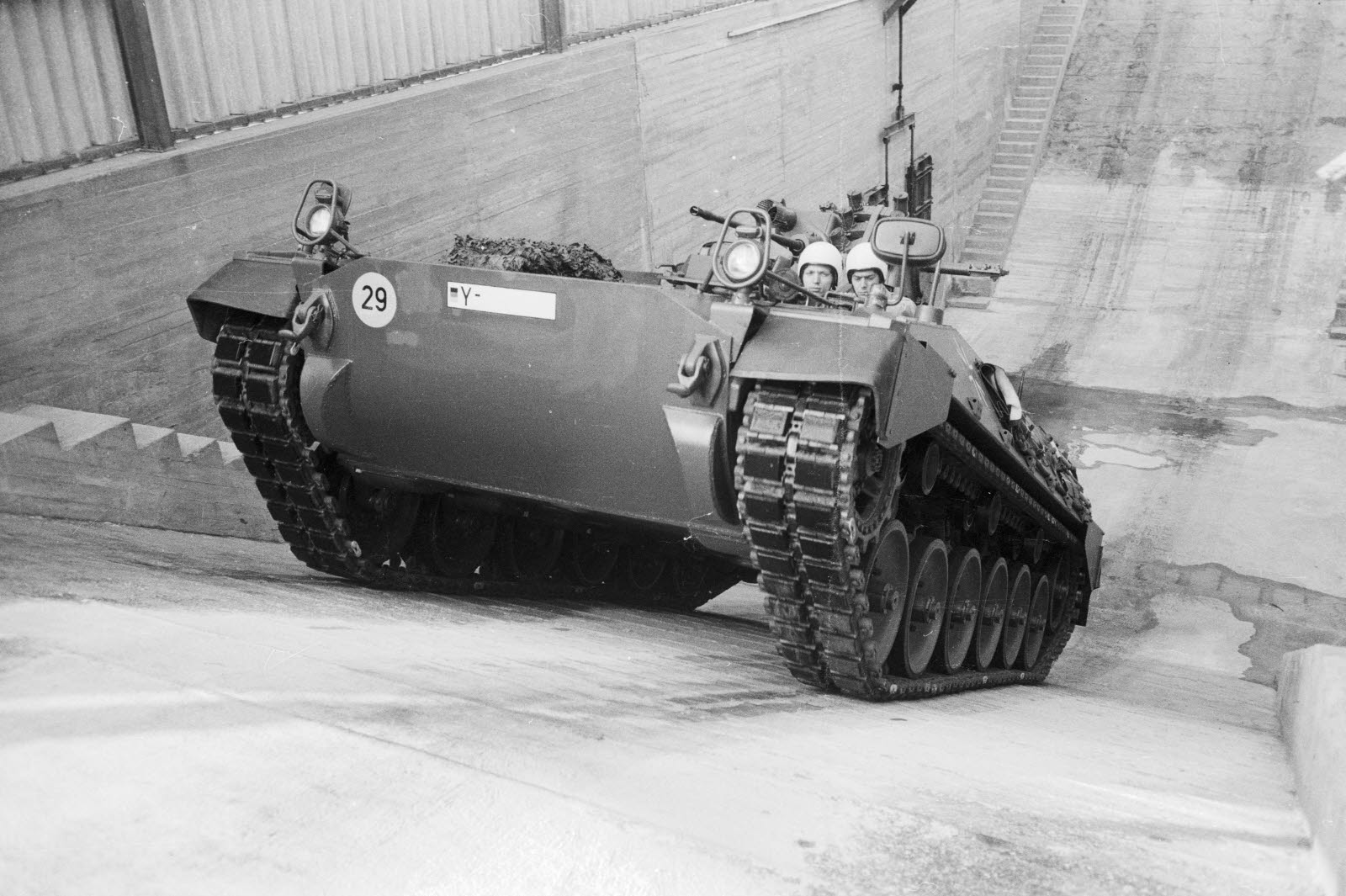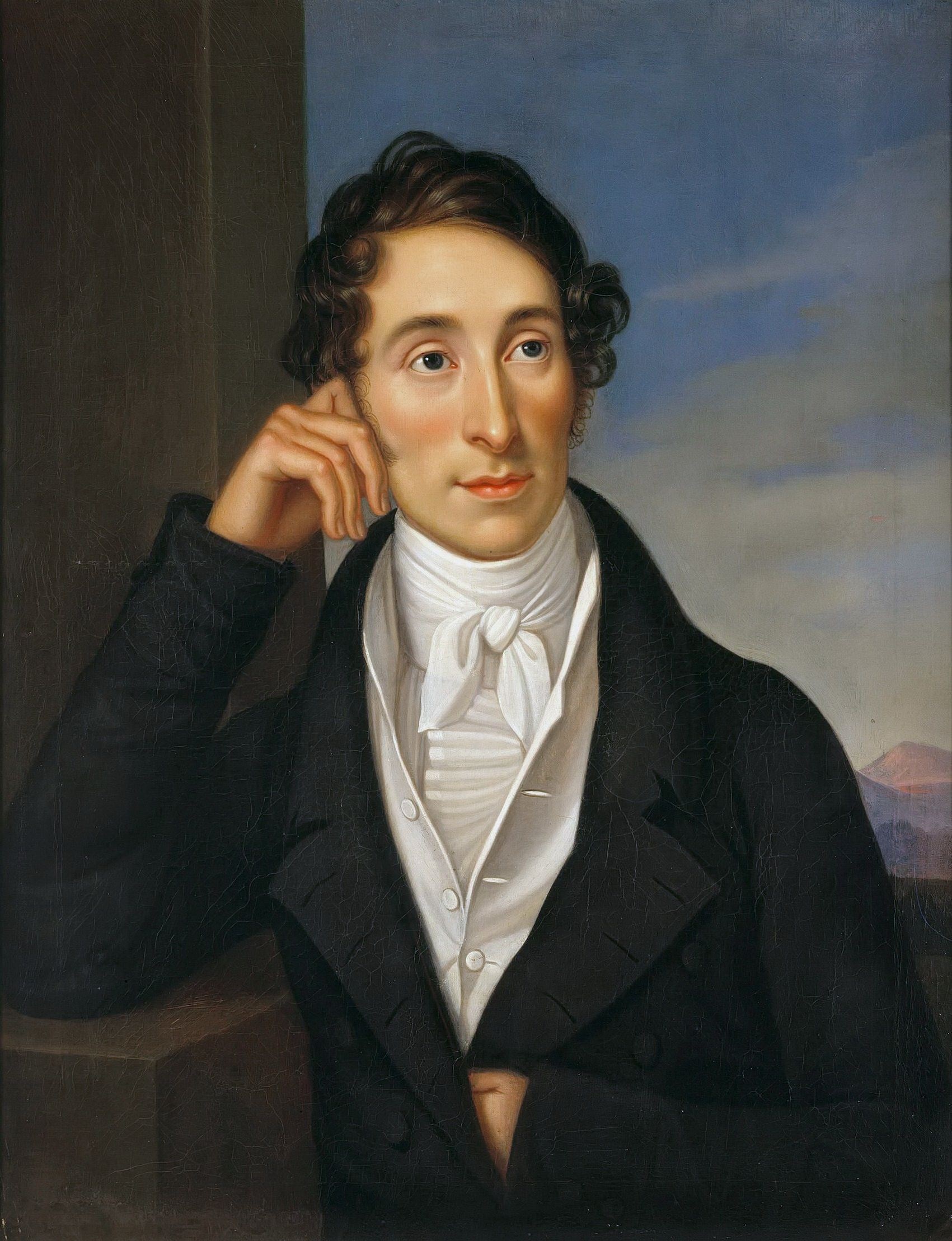|
41st Panzergrenadier Brigade (Bundeswehr)
The 41st Panzergrenadier Brigade is a brigade of the German Army. On April 1, 1991 the 41st Homeland Security Brigade was established at Eggesin in Mecklenburg-Vorpommern, from the former Land Forces of the National People's Army 9th Panzer Division. On 27 June 1991 the "Vorpommern" title was awarded. In 1995, it was reclassified as Mechanized Infantry Brigade 41. After the installation of the brigade staff in 2002, the headquarters company and Panzer Battalion 413 moved to the Ferdinand von Schill barracks in Torgelow. From 1991 to 2006, the 414 Panzer Battalion was active at Spechtberg. Organization As of 1 March 2025 the brigade is organized as follows: * Panzergrenadier Brigade 41 (Panzergrenadierbrigade 41), in Neubrandenburg ** Staff and Signal Company Panzergrenadier Brigade 41 (Stabs- und Fernmeldekompanie Panzergrenadier Brigade 41), in Neubrandenburg ** Reconnaissance Battalion 6 (Aufklärungsbataillon 6), in Eutin with Fennek reconnaissance vehicles and KZO dron ... [...More Info...] [...Related Items...] OR: [Wikipedia] [Google] [Baidu] |
German Army
The German Army (, 'army') is the land component of the armed forces of Federal Republic of Germany, Germany. The present-day German Army was founded in 1955 as part of the newly formed West German together with the German Navy, ''Marine'' (German Navy) and the German Air Force, ''Luftwaffe'' (German Air Force). , the German Army had a strength of 63,047 soldiers. History Overview A German army equipped, organized, and trained following a single doctrine and permanently unified under one command was created in 1871 during the unification of Germany under the leadership of Prussia. From 1871 to 1919, the title ''German Army (German Empire), Deutsches Heer'' (German Army) was the official name of the German land forces. Following the German defeat in World War I and the end of the German Empire, the main army was dissolved. From 1921 to 1935 the name of the German land forces was the ''Reichswehr, Reichsheer'' (Army of the Realm) and from 1935 to 1945 the name ''German Army (We ... [...More Info...] [...Related Items...] OR: [Wikipedia] [Google] [Baidu] |
Havelberg
Havelberg () is a town in the district of Stendal, in Saxony-Anhalt, Germany. It is situated on the Havel, and part of the town is built on an island in the centre of the river. The two parts were incorporated as a town in 1875. It has a population of 6,436 (2020). History The Bishopric of Havelberg was founded in 946, by Otto I, Holy Roman Emperor (then a prince), but the bishop tended to live in either Plattenburg or Wittstock, a few miles north of Havelberg. An early bishop was Anselm of Havelberg. The Slavic revolt of 983 brought Havelberg under the control of the pagan Wends. The city was not restored to Christian, German rule until 1147 with the Wendish Crusade. Havelberg is home to a former monastery, now used as the Prignitz Museum, which was established in 1904. In 1359 Havelberg became a member of the Hanseatic League and developed into a trade center with a booming economy. Havelberg remained a member of the Hanseatic League until 1559. Havelberg was part of ... [...More Info...] [...Related Items...] OR: [Wikipedia] [Google] [Baidu] |
Viereck
Viereck is a Municipalities of Germany, municipality in the Vorpommern-Greifswald district, in Mecklenburg-Vorpommern, Germany. History Viereck was founded in 1748 in the Prussia, Prussian Province of Pomerania (1653–1815), Province of Pomerania in the course of the repopulation policy under King Frederick II of Prussia, Frederick II, the Great, of Prussia. The area had been part of Swedish Pomerania from 1648 until 1720, when it was transferred to Prussia as a result of the Treaties of Stockholm (Great Northern War), Treaty of Stockholm. The then competent Prussian state minister in charge of internal colonisation, , became namesake to the place, when it was renamed in his honour in 1751.SeCantow in Vorpommern, since 1748 Viereck remained a part of the Province of Pomerania until 1945. From 1945 to 1952, it was part of the State of Mecklenburg-Vorpommern, from 1952 to 1990 of the Bezirk Neubrandenburg of East Germany and since 1990 again of Mecklenburg-Vorpommern. References [...More Info...] [...Related Items...] OR: [Wikipedia] [Google] [Baidu] |
Viereck (Vorpommern)
Viereck is a municipality in the Vorpommern-Greifswald district, in Mecklenburg-Vorpommern, Germany. History Viereck was founded in 1748 in the Prussian Province of Pomerania in the course of the repopulation policy under King Frederick II, the Great, of Prussia. The area had been part of Swedish Pomerania from 1648 until 1720, when it was transferred to Prussia as a result of the Treaty of Stockholm. The then competent Prussian state minister in charge of internal colonisation, , became namesake to the place, when it was renamed in his honour in 1751.SeCantow in Vorpommern, since 1748 Viereck remained a part of the Province of Pomerania until 1945. From 1945 to 1952, it was part of the State of Mecklenburg-Vorpommern, from 1952 to 1990 of the Bezirk Neubrandenburg of East Germany East Germany, officially known as the German Democratic Republic (GDR), was a country in Central Europe from Foundation of East Germany, its formation on 7 October 1949 until German reunifica ... [...More Info...] [...Related Items...] OR: [Wikipedia] [Google] [Baidu] |
Marder (infantry Fighting Vehicle)
The Schützenpanzer Marder 1 (; ''"Schützen (military), Schützen" carrying Armoured fighting vehicle, "Armour"-ed fighting vehicle "Marten 1"'') is a tracked German infantry fighting vehicle designed for use with the West German Panzergrenadiere units, mechanized infantry specialized for IFV combat. It has been operated by the German Army as the main Panzergrenadiere IFV since the 1970s through to the present day. Developed as part of the rebuilding of West Germany's armoured fighting vehicle industry, the Marder has proven to be a successful and solid infantry fighting vehicle design. While it used to include a few unique features, such as a fully remote machine gun on the rear deck and gun ports on the sides for infantry to fire through, these features have been deleted or streamlined in later upgrade packages to bring it more in line with modern IFV design. The MG has been moved to be a coaxial, the gun ports entirely welded shut and uparmored. It is overall a simple and con ... [...More Info...] [...Related Items...] OR: [Wikipedia] [Google] [Baidu] |
Hagenow
Hagenow () is a German town in the southwest of Mecklenburg-Western Pomerania, in the district of Ludwigslust-Parchim, 30 kilometers south of Schwerin. Its population is approximately 11,300 inhabitants (2013). Hagenow is part of the Hamburg Metropolitan Region. Sights and monuments * Renovated old town, particularly along Lange Straße and Lindenplatz. * Stadtkirche, built in 1875-1879 in Neo-Gothic style. * Stadtmuseum (City Museum), located in an eighteenth-century half-timbered house. * Städtischer Wasserturm Hagenow (watertower), 28 meters high, erected between 1905–1908 with Neo-Gothic windows. In 1938 the Luftwaffe commissioned the refurbishment of the tower. Old synagogue The ''Alte Synagoge'' or ''Hanna-Meinungen-Haus'' (old synagogue) is a former synagogue in the old town of Hagenow. Hirsch Samuel Meinungen purchased the plot in 1820, with the intention of building a synagogue for the then 80 person strong Jewish community in Hagenow. In 1828 the architectural comp ... [...More Info...] [...Related Items...] OR: [Wikipedia] [Google] [Baidu] |
Eutin
Eutin () is the district capital of Ostholstein, Eastern Holstein county located in the northern German state of Schleswig-Holstein. As of December 2022, the town had some 17,000 inhabitants. History The name Eutin (originally Utin) is of Slavic origin. Its meaning is not quite clear; it is probably derived from the personal name "Uta". The Slavic Obotrites tribe settled eastern Holstein in the 7th/8th centuries A.D. and built a Utin (castle), castle on Pheasant Island (Eutin), Pheasant Island in the lake now called the Großer Eutiner See. The originally Slavonic settlement of ''Utin'' was populated in the twelfth century by Dutch settlers. In 1156 Eutin became a market town. Town rights were granted in the year 1257. It later became the seat of the Prince-Bishopric of Lübeck, as Lübeck itself was an imperial free city. When the bishopric was secularized in 1803, Eutin became part of the Duchy of Oldenburg. As a result of the Greater Hamburg Act of 1937, Eutin passed from the F ... [...More Info...] [...Related Items...] OR: [Wikipedia] [Google] [Baidu] |




